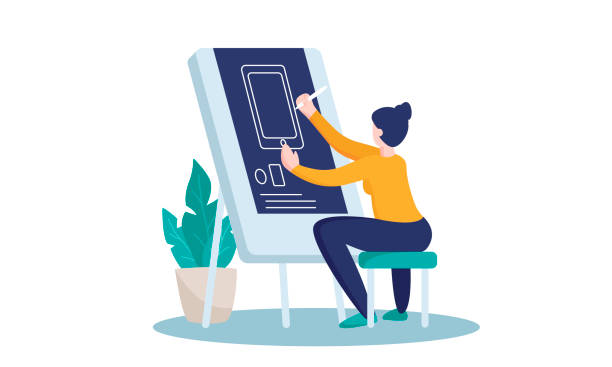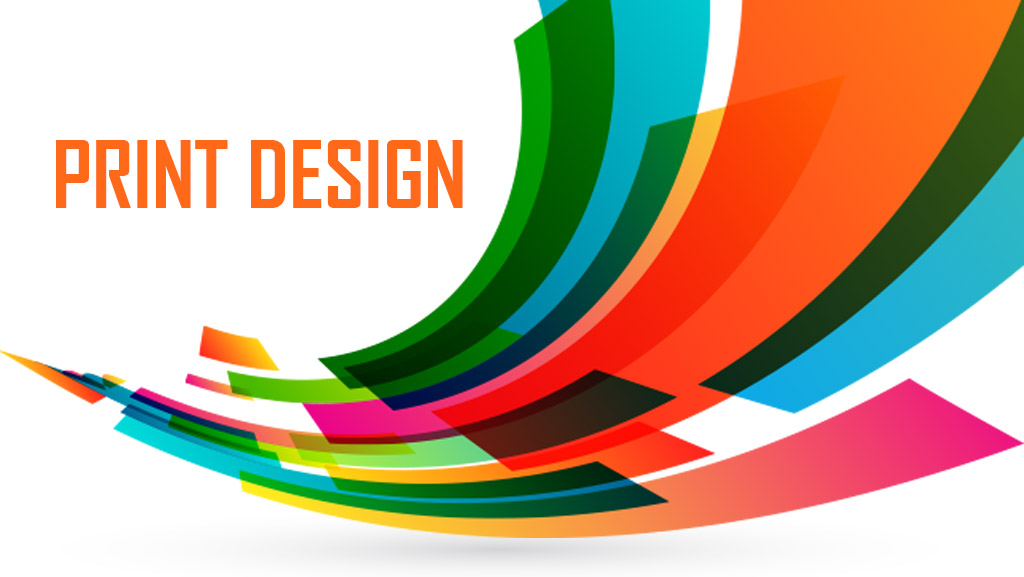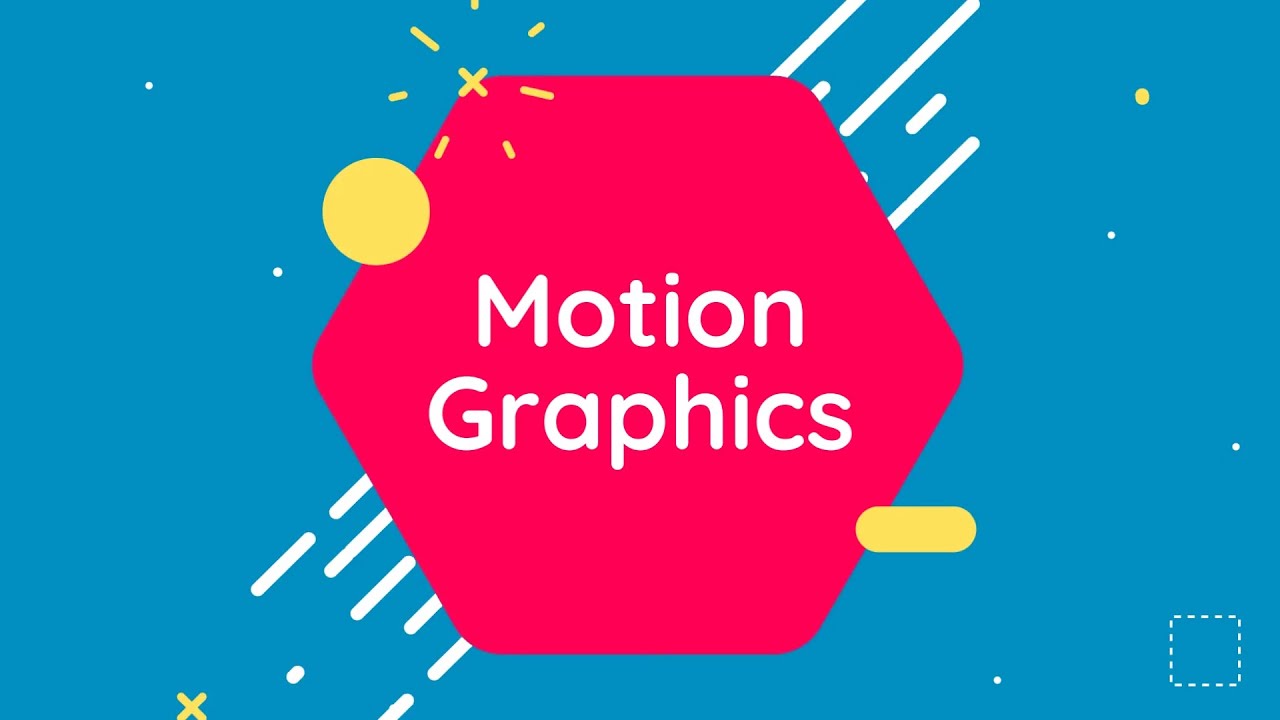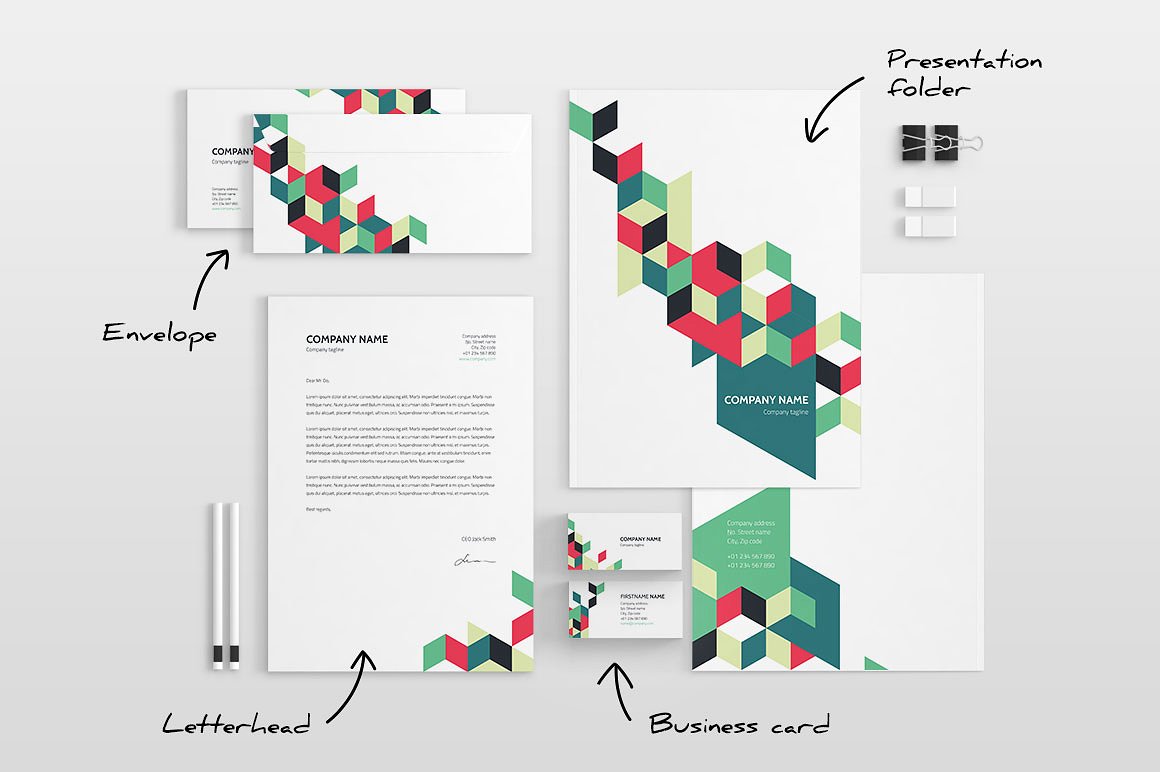Lines are present in nearly every design, whether they are straight, curved, thin, thick, dashed, long, or short.
They are useful for dividing space as well as directing the viewer’s attention in a specific direction.
Shapes can be circles, squares, rectangles, triangles, or other abstract forms.
Most designs include at least one shape. A circle may be used to represent unity, whereas a square could represent structure.
When working with text, Graphic Designers need to consider the relationship between how the text looks and what it says.
Good typography should create a strong visual hierarchy, provide balance, and set the right tone.
Dominance and emphasis create a focal point in a design.
It helps with the design flow and can guide the viewer to other parts of the design.
Harmony is one of the main goals of graphic design.
Designs need to strike a fine balance between harmony and contrast.
Color is perhaps the most important and obvious element of a design.
Colors create emotions and moods. For example, red can represent passion and green can represent nature.
The scale and size of objects, shapes and other elements can make certain parts of a design more dynamic.
Using the scale, Graphic Designers can create focal points and highlight important areas.
White or negative space is crucial in design because it enhances the readability for the human eye.
Good designs will utilize space to give other elements room to breathe.
Textures are becoming more commonly used, replacing single-color backgrounds.
Textures can include paper, stone, concrete, brick, and fabric.
Balanced designs offer stability, while unbalanced designs can be dynamic. Balance is achieved through shapes, colors, textures, lines, and other elements.














